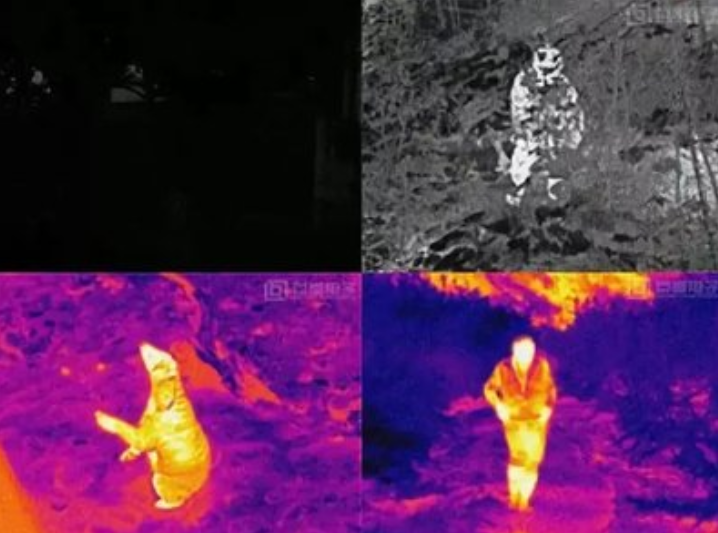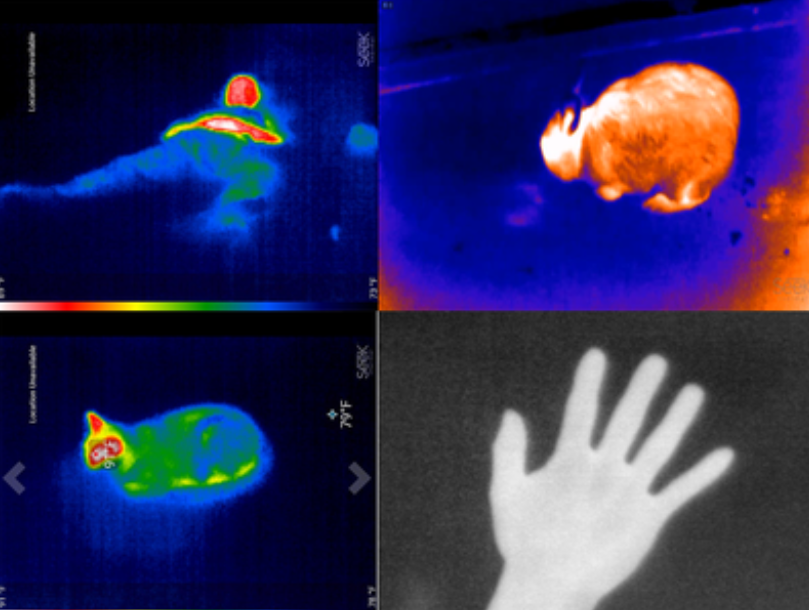Thermal response time is affected by the following factors:
Infrared detector type: Infrared thermal imagers use different types of detectors, including thermocouples, copper oxide (CO2), steel tin oxide (In203: Sn), and micro-pile, etc. Different types of detectors have different response speeds, among which micro-pile detectors generally have faster response times.

Detector quality: The quality and manufacturing process of the detector have a direct impact on the thermal response time. High-quality detectors can sense target temperature changes faster and convert them into electrical signals.
Working principle of thermal imager: Different types of thermal imagers use different working principles, such as scanning type and real-time type. Real-time thermal imagers generally have faster response times because they can capture and display thermal images instantly.
Signal processing and image transmission: The signal processing and image transmission speed of the thermal imager also affect its response time. Efficient signal processing and transmission systems can speed up the speed of image generation.

Environmental conditions: Conditions such as ambient temperature and humidity can also affect the response time of the thermal imager. Extreme temperature or humidity may cause the performance of the detector to deteriorate, thereby affecting the response time.
In general, newer infrared camera technology and higher quality detectors tend to have faster thermal response times. These factors need to be considered when selecting a thermal imager based on your specific application needs.


